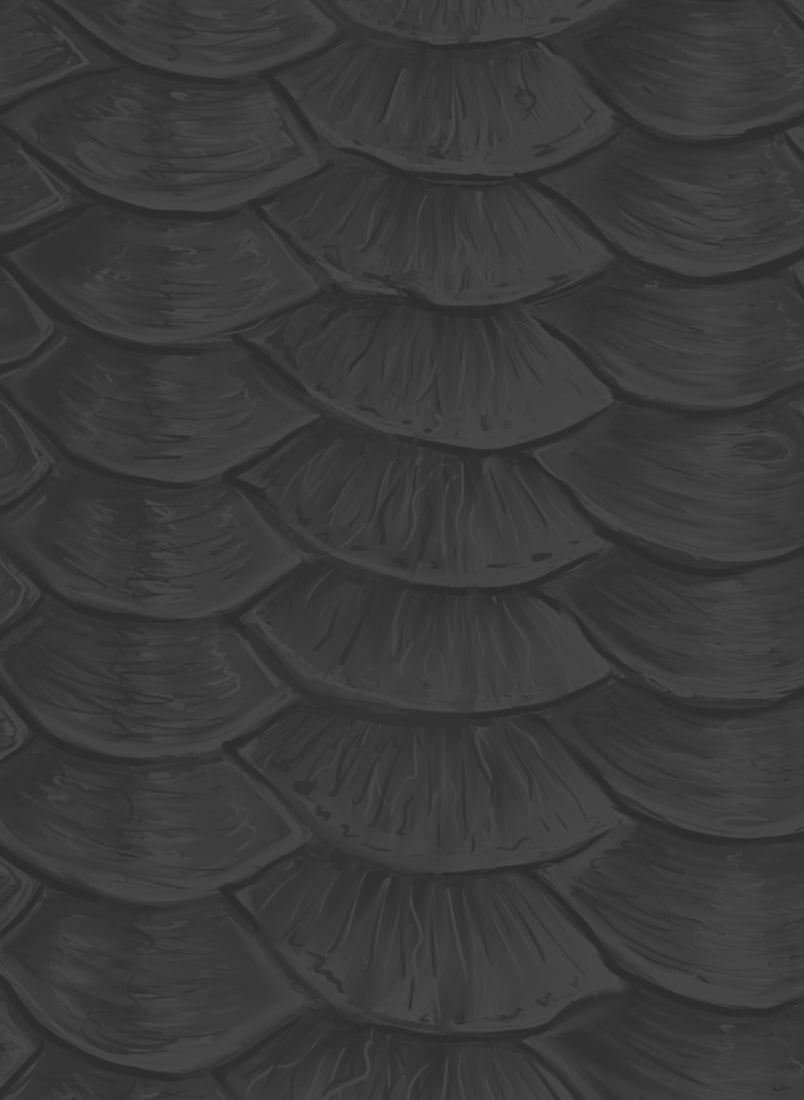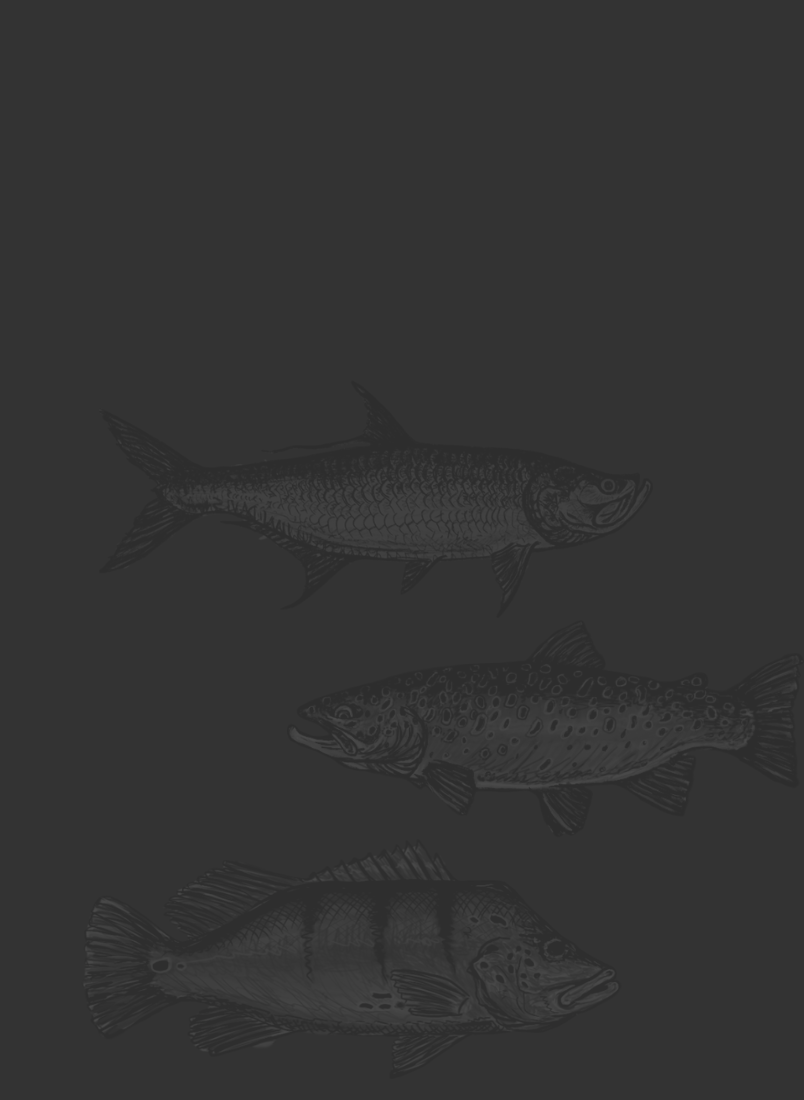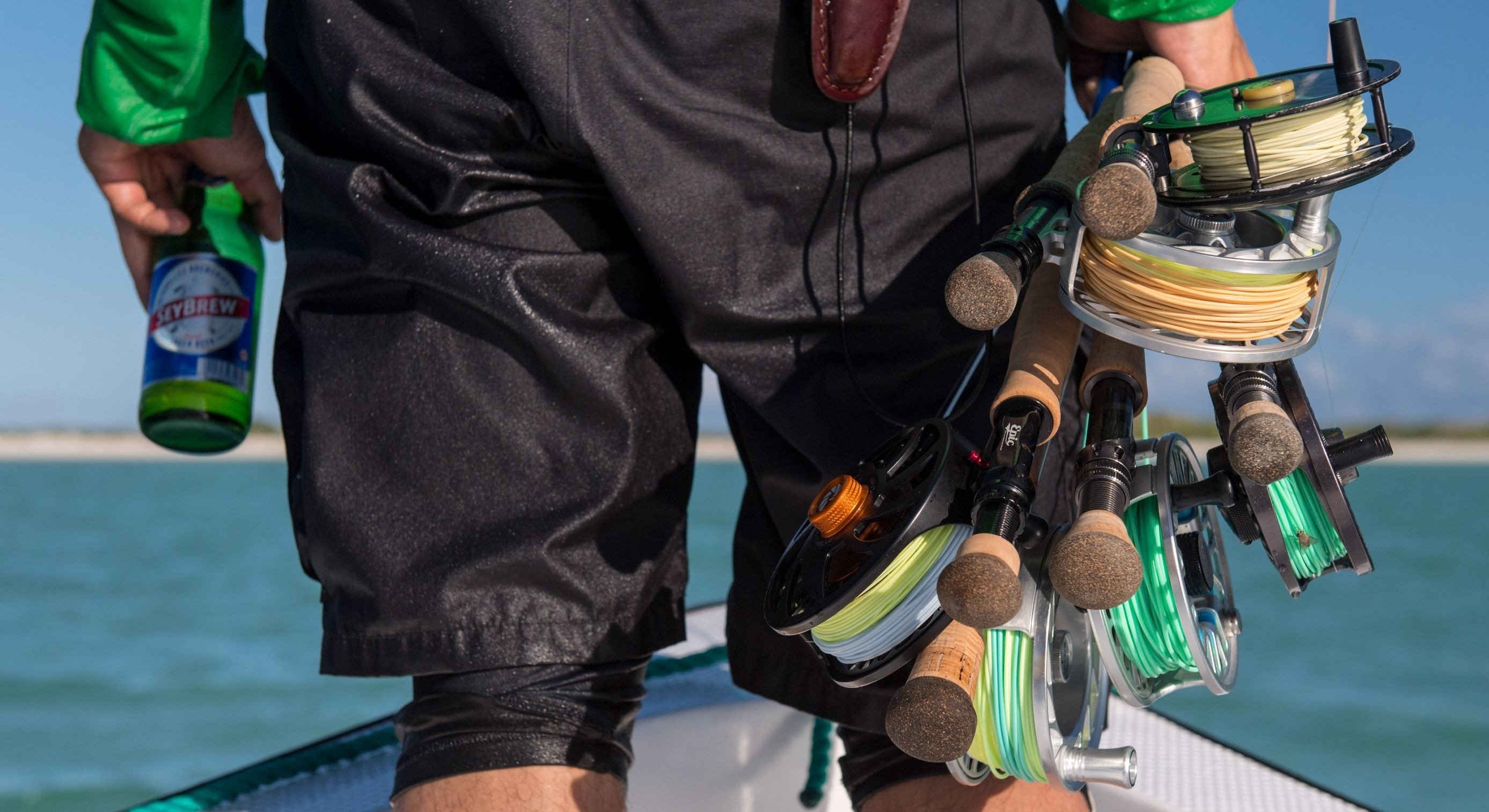Why You Need a 10-Weight Fly Rod
When you’re stepping up to a 10-weight fly rod, you’re playing in the big leagues. This isn’t your everyday trout setup—this is the tool for battling heavy-hitting fish, slinging big flies, and punching through gusty winds. Whether chasing tarpon in the Caribbean, bull redfish in Louisiana, or musky in the Northwoods, a 10-weight gives you the power and control to handle tough conditions and hard-fighting fish.
A 10-weight is also about versatility. It bridges the gap between lighter flats rods and those designed for fighting monster fish like adult tarpon and giant trevally, making it a must-have in the quiver of any serious saltwater or big-game freshwater angler. If you're looking for a rod that can throw meaty flies, muscle fish out of structure, and stand up to gnarly weather, the 10-weight is your go-to.
When a 10-Weight Outshines Other Rods
Best Uses:
- Bull Redfish
- Must-have option for mid-sized tarpon
- Large freshwater predators such as musky and pike
- Permit rod for windy conditions
- Roosterfish, mahi, jack crevalle, and other in-shore saltwater scenarios
- Striped bass
- King salmon
So when do you actually need a 10-weight over an 8- or 9-weight? The answer comes down to one of wind, fly size, and fish power, or any combination of the three. If you’re dealing with strong winds in a scenario where you might opt for a 9-weight, the extra stiffness and backbone of a 10-weight will go a long way: It can be the difference between landing that fly in front of a cruising permit or watching your fly fail to travel the distance.
Fly size matters, too. Many big-game species demand big meals, which means throwing large baitfish patterns, poppers, and heavy streamers. For species like musky, it is common to fish flies upwards of a foot long! These flies are often paired with intermediate and sink-tip lines, so a 10-weight gives you the leverage to launch those hefty flies and the lifting power needed once the fish is hooked.

Best Species to Target with a 10-Weight Fly Rod
A 10-weight isn’t a rod for just any fish—it’s built for the big boys. Here’s where this setup truly shines:
Bull Redfish: A ten-weight is the go-to rod for targeting bull redfish on the Gulf Coast. While a 9-weight is useful in dead calm conditions, a 10-weight offers a better all-around value for handling wind, turning over larger baitfish patterns and poppers, and for fighting fish that can push forty pounds or more. Weather patterns can be very unpredictable on Louisiana marshes, and gusty days are common. A 10 will handle those conditions well, and manage the stout leaders and larger flies used to target these fish.
Tarpon: A 10-weight rod sits right in the middle of two zones: it can be overkill for most juvenile tarpon, but it is a little light for a serious migratory fish. However, it is a good option for those 40 to 75-pound fish that are common throughout the annual migration. As the fish get larger, you are going to want to step up to an 11-weight, but a 10-weight is generally easier to cast and can handle most medium-sized tarpon.
+ The World's Best Tarpon Fly Fishing Destinations
Permit: Sure, we don't always recommend a 10-weight for permit, but it can be a difference maker on those blustery days. If you are going on a committed permit fly fishing trip, having a 10-weight rod rigged and ready to go is always a good idea. If you are fishing somewhere like Mexico, where a 10-weight is a staple rod for several species (tarpon, jacks, barracuda), that same rod can be your backup permit rod should the wind pick up.
+ 7 Tips for Fly Fishing for Permit

Pike & Musky: These apex predators aren’t delicate eaters. They like big flies, and having a rod heavy enough to cast and effectively turn the fly over is a must. You can frequently get away with a 9-weight for pike, but a 10 will serve you well. When musky fishing, you are making a lot of blind casts, hoping to entice a bite. Having a rod heavy enough to manage large flies and lines with stout shooting heads is crucial to not wearing out your shoulder and keeping you fishing.
King Salmon: If you're targeting Chinook salmon on a single-handed rod, a 9 or 10-weight is your best option. The single-handed setup won't be able to handle the distance a big river requires but is ideal for small to medium rivers; anything larger, and you'll need a longer, double-handed rod. King salmon are fished on varying grain weights to get the fly down near the bottom where king salmon commonly hold. In the single-handed scenario, a 10-weight can manage all walks of sink tips and provides the kind of pulling power you will need on that first surging run.
Striped Bass: If you're fishing in blustery conditions or targeting trophies with big, bulky flies like Bob Popovic's beast fly, a 10-weight is very handy. Having a rod in the 9 to 10-weight range is the sweet spot for most striped bass applications.
Roosterfish: Roosters are, without a doubt, one of the most aggressive and powerful species in the world of game fishing. A 10-weight is a good all-around option for these unique fish whether fishing from a boat or chasing them down the beach. An 11-weight isn't going to hurt if you hook into a big one raring for a fight!
+ Fly Fishing for Roosterfish: Tactics, Flies, & Gear

Recommended 10-Weight Fly Rods
Premium Options
Orvis Helios D
A very precise and powerful rod with the best warranty in fly fishing. Advertised as 4x more accurate, and while we aren't certain that is the case, it does exactly what you tell it to with total ease.
G Loomis Asquith
A premium option, the G Loomis Asquith is a firestick of a rod designed by legendary caster Steve Rajeff. It is an ultra-powerful, ultra-fast rod that is all about making quick, precise casts. The Asquith will handle heavier flies a bit better than some of its competitors.
Winston Air 2 Max
The Winston Air 2 Max offers a blend of smooth action and superior sensitivity, improving upon the much loved Boron III before it. The rod offers elite tracking and can carry a tight loop with the best of them without sacrificing the stroke and feel many anglers enjoy.
Sage Salt R8
Another premium rod that exceeds the $1000 threshold, the Salt R8 is exceptionally accurate and a real joy to cast. The Salt R8 is more responsive and offers more feel than its predecessor, the Salt HD, without sacrificing power, and is widely considered the best saltwater rod Sage has ever produced.
Scott Sector
The Sector is heralded as one of the best saltwater rods on the market, and that was tough considering its predecessor, the Meridian, was considered the cream of the crop. The Sector offers the same control and precision as the Meridian, but offers far more power at a much lighter swing weight.
G. Loomis NRX+
The NRX+ Saltwater 1090-4 is a remarkably fast fly rod for the most demanding saltwater and big-game conditions. This model is easy to cast at multiple angles and performs exceptionally well at distance and in the wind.

Mid-Range Options
Scott Wave
Light in hand and a great all-around rod at a fraction of the cost of a Sector. While not as powerful or intuitive as the Sector, the Wave is still a great asset that appeals to a wide range of casting strokes.
Thomas & Thomas Zone
T&T produces some of the most beautiful rods in the market, and the Zone is no exception. The Zone 908 is a powerful and easy-casting mid-range American Made rod that performs well in a variety of conditions.
Budget-Friendly Options
Echo Boost Blue
"Built for anglers with an aggressive casting stoke to achieve maximum line speed," the boost blue is a fast, powerful rod that is very affordable compared to other rods on the market.
Orvis Clearwater
The Clearwater is nowhere near as powerful, light, or durable as its big brothers the Recon and Helios, but it comes in at a price point that is appealing to many anglers. Its especially a solid option for someone just starting to explore saltwater fly fishing and wants to learn the fundamentals, or for someone who isn't looking to invest in a "lifetime" rod.
If you have additional questions on 10-weight fly rods or other fly fishing gear questions, never hesitate to call Yellow Dog Fly Shop to receive personal, in-depth information and assistance. As the leading fly shop in the world for destination angling, we can help you with all your needs and ensure you are ready to go when it comes time to make that next cast.
Choosing a Fly Rod Series:
Gear Guides:





























